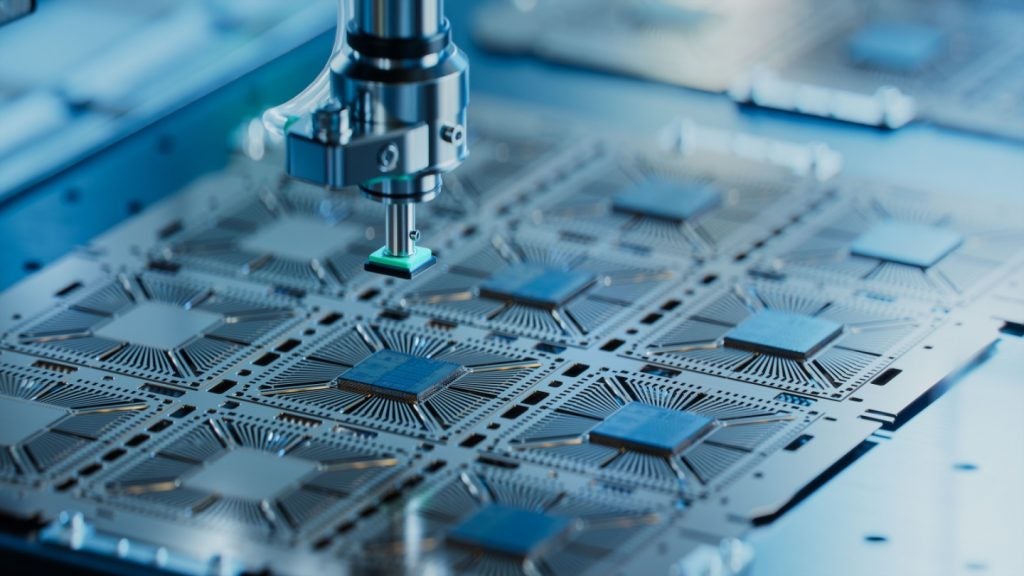
The Covid-19 pandemic has highlighted the vital importance of data centres, which enabled a range of services to be delivered during lockdowns. The accelerating shift to the cloud is expected to drive the adoption of software-defined infrastructures within data centres.
Listed below are the key technology trends in software impacting the data centre theme, as identified by GlobalData.
Software-defined everything
The pandemic places a premium on flexibility, which will itself accelerate the ongoing shift to new architectures and software-defined, programmable infrastructures. Equinix believes 2021 will bring an accelerated adoption of cloud-native technologies across virtually every layer of the infrastructure stack and digital infrastructure orchestration from the edge to multi-cloud. It argues anything that can be automated should be automated through software. Most businesses are choosing software-defined services as their route to digital transformation, according to an October 2020 survey by BT of 800 IT decision-makers from global organisations.
Some 95% identified going digital as the most essential driver for their move to SD-WAN, and only 3% of respondents had no plans to implement software-defined network services. Information technology (IT) modernisation is a continuation of the enterprise shift from on-premises legacy IT to more agile cloud technologies in third-party data centres. That process is underway for many, but the survival instinct will spur action from those that have been blasé about the cloud.
Artificial intelligence (AI)
Data centres are using AI to improve their efficiency. AI can help optimise heating and cooling systems, which can, in turn, cut electricity costs and improve efficiency. AI systems can monitor the health of servers, storage, and networking gear, check to see that systems remain properly configured, and predict when equipment is about to fail.
AI systems can also automate the movement of workloads to promote the most efficient infrastructure in real-time, both inside the data centre and, in a hybrid-cloud environment, between on-premises, cloud, and edge environments. AI can also be used for security purposes, screening and analysing incoming and outgoing data, detecting malware, and implementing behavioural analytics to protect data.
How well do you really know your competitors?
Access the most comprehensive Company Profiles on the market, powered by GlobalData. Save hours of research. Gain competitive edge.

Thank you!
Your download email will arrive shortly
Not ready to buy yet? Download a free sample
We are confident about the unique quality of our Company Profiles. However, we want you to make the most beneficial decision for your business, so we offer a free sample that you can download by submitting the below form
By GlobalDataSecurity in a software-defined architecture
A software-defined architecture provides the means to automate virtual security measures for the data centre, with software applications used to manage all aspects of data centre security. Security functions, such as firewalling and intrusion detection, are decoupled from proprietary hardware. This allows data centre administrators to update and manage security from a central point using software tools. It also means that security policies can be easily updated whilst gaining greater visibility over the data centre’s operations.
Administrators can segment the infrastructure based on different security settings and limit the scope of possible security breaches. There is a possibility that a software-defined architecture can put the enterprise at risk as the controller software acts as a single point of access for the data centre infrastructure. An attack on the controller software can lead to the failure of the entire network as a result, the controller must be highly protected.
Open-source
Traditional networking infrastructure was controlled by proprietary software running on proprietary hardware. Software-defined networking (SDN) decouples the software layer from the underlying hardware and allows the use of open standards, which has resulted in the rise of open-source network controller software. Unlike proprietary software, anyone can modify and enhance open-source software (OSS), which has enabled companies to develop their SDN controllers and contribute their versions to the open-source community. In the long run, this collaboration helps the technology to mature and become mainstream.
OpenFlow was the pioneer in open source SDN and was adopted by many telecom operators and cloud providers. This was followed by the launch of the Open Networking Lab (ON.Lab), which released the ONOS source code (SDN controller) to the open-source community. Linux is a common operating system for this open-source software, and in 2013, the Linux Foundation announced OpenDaylight Project as a community-led and industry-supported open-source framework to accelerate SDN adoption.
This is an edited extract from the Data Centers – Thematic Research report produced by GlobalData Thematic Research.






Related Company Profiles
Equinix Inc